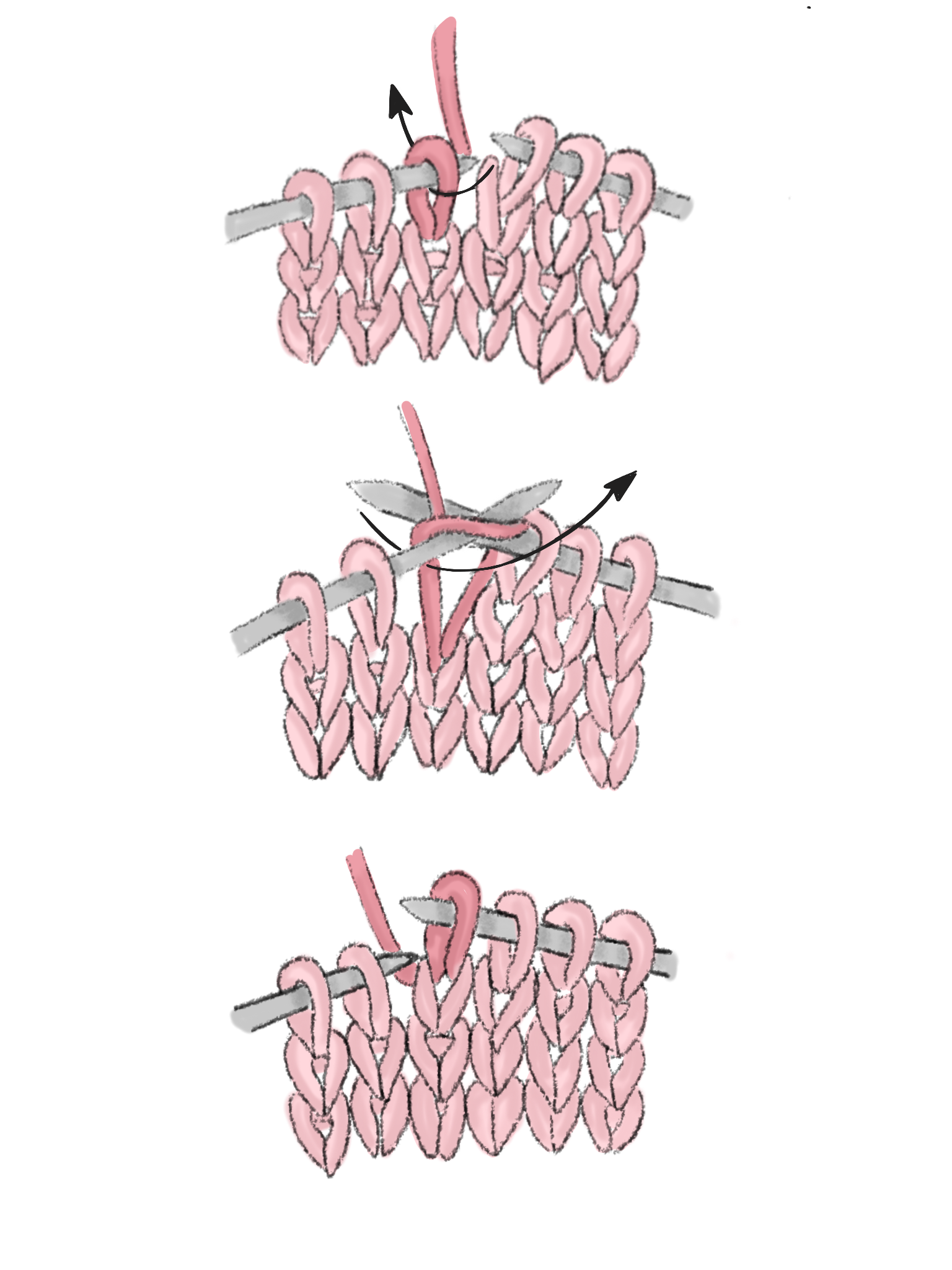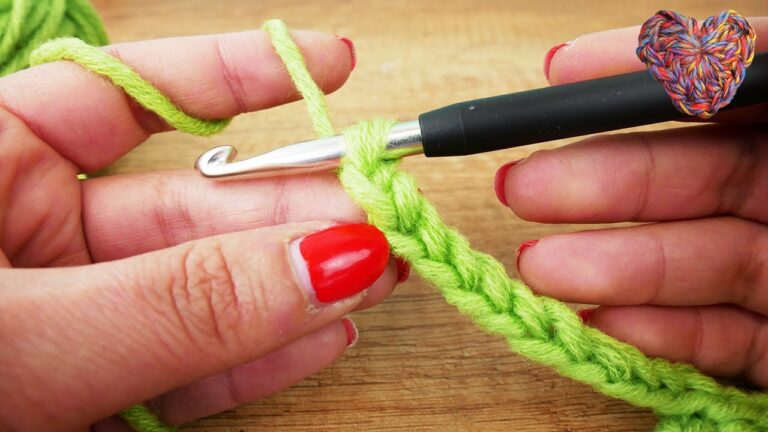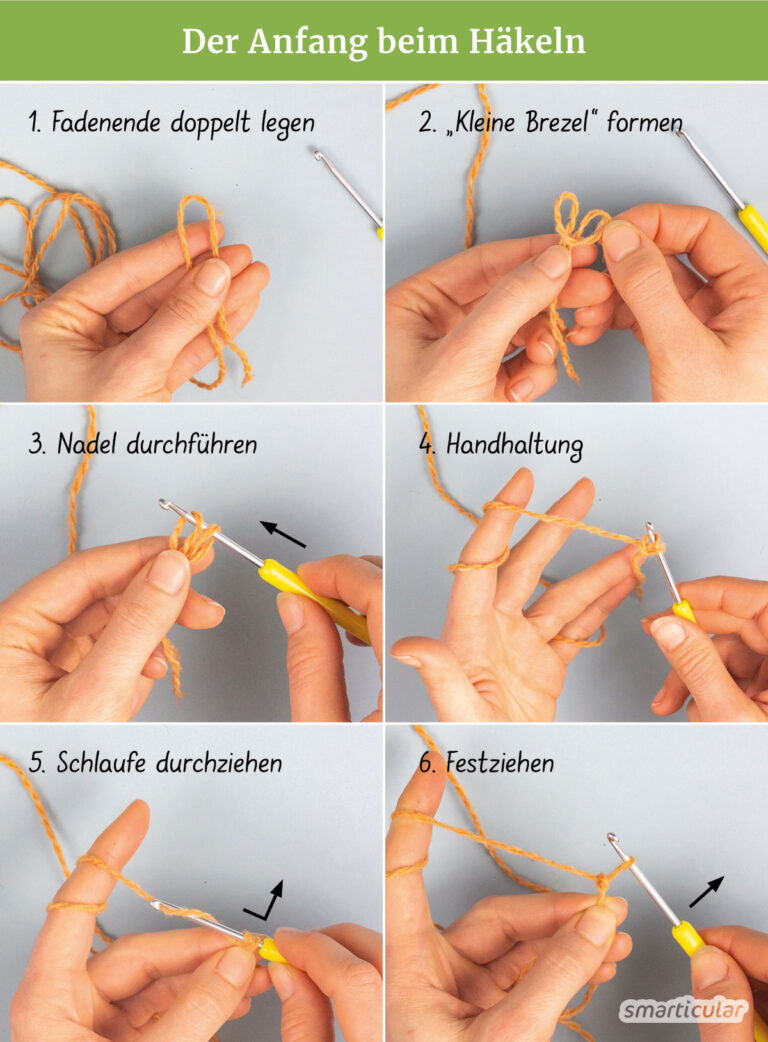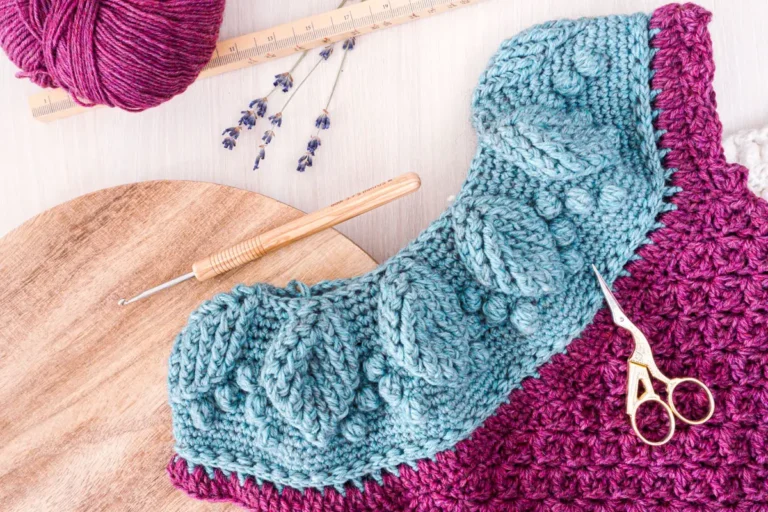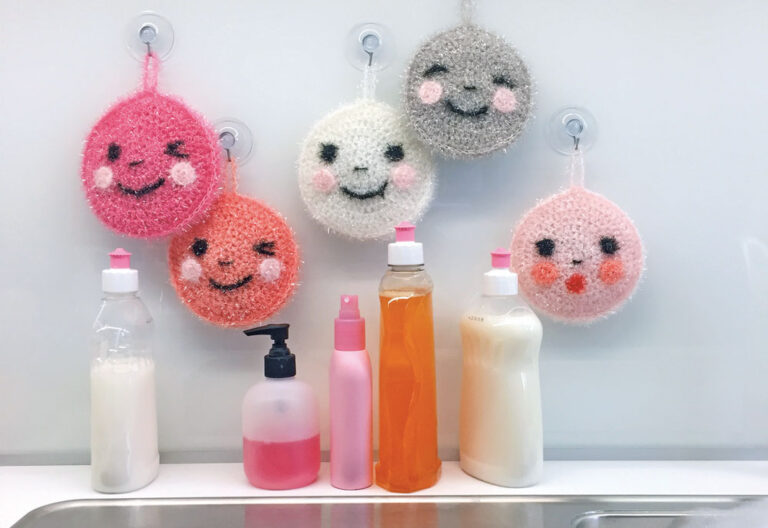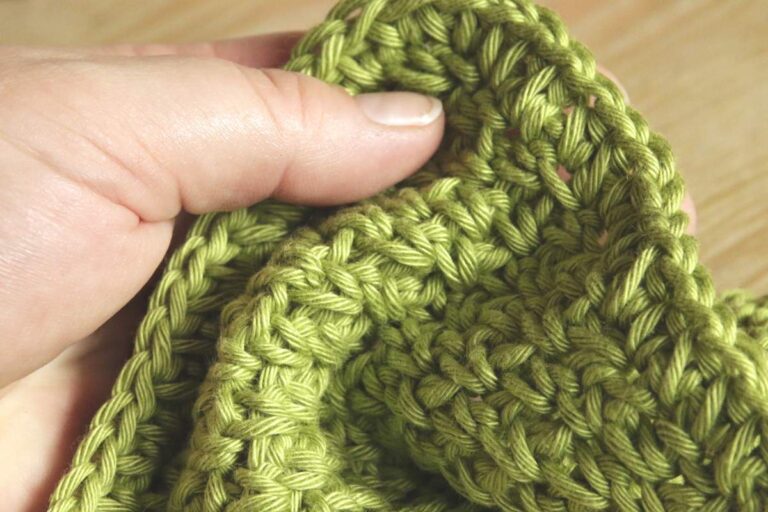Was Ist Schwerer Stricken Oder Häkeln
Have you ever wondered whether knitting or crocheting is more challenging? Both crafts have their own unique techniques and patterns, but which one requires more skill and effort? In this article, we will explore the differences between knitting and crocheting and determine which one might be more difficult for beginners. Whether you’re a seasoned needleworker or just starting out, read on to discover the answer to the age-old question: “What is harder, knitting or crocheting?”
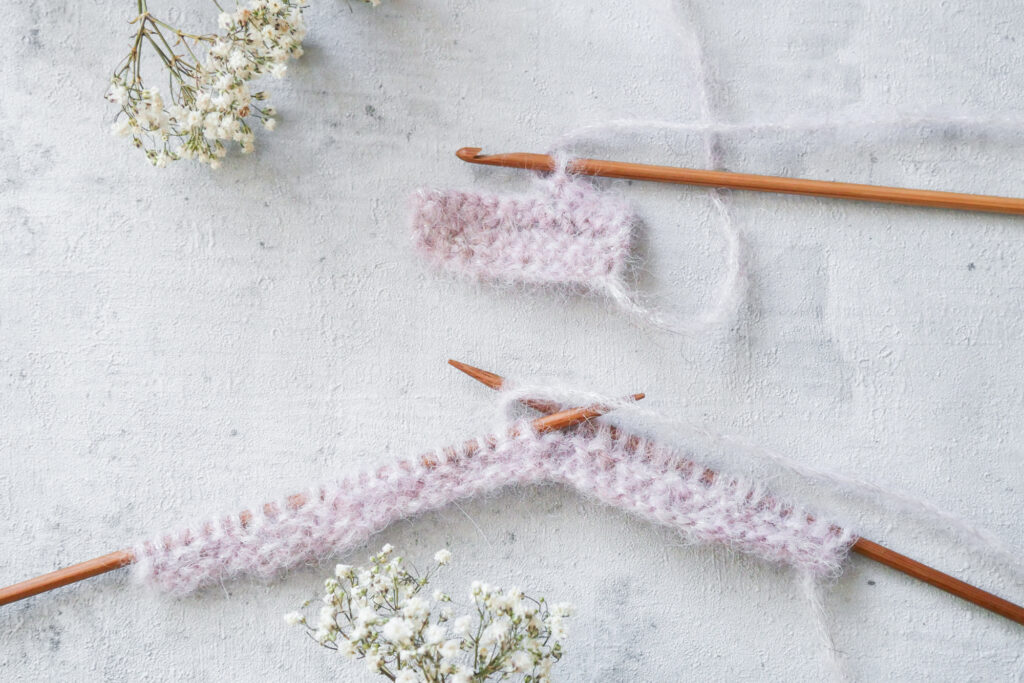
This image is property of meingehaekeltesherz.de.
Introduction
Welcome to the world of knitting and crocheting! These are two wonderful crafts that have been enjoyed for centuries. Whether you’re a beginner looking to learn a new hobby or an experienced crafter looking to expand your skills, this comprehensive article will provide you with all the information you need to understand the art of knitting and crocheting. From the history and techniques to the various factors that make each craft unique, we’ll explore it all. So, grab your knitting needles or crochet hooks, and let’s dive in!
Overview of Knitting and Crocheting
Before we delve into the techniques and comparison factors, let’s take a brief look at the history of knitting and crocheting, as well as the key differences between the two.
Brief history of knitting
Knitting can be traced back to the Middle Ages, with origins in the Arab world. It began as a practical craft used to create garments and accessories to keep people warm. Over the years, it spread across Europe and became a popular pastime for women. Knitting evolved from using fingers to using needles, which allowed for more intricate patterns and designs. Today, knitting is both a practical skill and a creative outlet for crafters worldwide.
Brief history of crocheting
Crocheting has a more recent history compared to knitting. It originated in the 19th century in Europe, particularly in France. Crocheting gained popularity as a way to create intricate lace patterns and decorative pieces. Unlike knitting, which primarily uses needles, crocheting uses a single hook to create loops and stitches. This technique allows for more flexibility and versatility in design. Crocheting has since become a beloved craft, appreciated for its ability to create beautiful and intricate projects.
Key differences between knitting and crocheting
While knitting and crocheting share similarities, they also have distinct differences. One key difference is the tools used. Knitting requires two pointed needles, whereas crocheting uses a single hook. Another difference lies in the number of stitches on the needles or hooks at any given time. Knitting typically has multiple stitches on the needles, while crocheting usually has one stitch on the hook.
The final difference lies in the appearance of the finished product. Knitting creates a fabric with a more structured and uniform texture, while crocheting produces a fabric with a more textured and flexible appearance. These differences in tools, stitches, and finished results make knitting and crocheting unique in their own ways.
Knitting Techniques
Now that we understand the history and differences, let’s explore the techniques involved in knitting.
Basic knitting stitches
In knitting, there are two fundamental stitches: the knit stitch and the purl stitch. The knit stitch creates a smooth, “v” shaped fabric, while the purl stitch creates a bumpy, textured fabric. These two stitches are the building blocks for a wide range of knitting patterns and designs.
Advanced knitting stitches
Once you have mastered the basics, you can explore more advanced knitting stitches, such as cables, lace, and colorwork. Cables create intricate twists and braids in the fabric, while lace creates delicate and openwork patterns. Colorwork involves knitting with multiple yarn colors to create beautiful designs.
Types of knitting needles
Knitting needles come in various materials, including wood, metal, and plastic. Each material offers different characteristics in terms of weight, grip, and flexibility. Choosing the right needles for your project is important to achieve the desired results.
Common knitting patterns
There are countless knitting patterns available, ranging from simple scarves and hats to intricate sweaters and blankets. Some popular patterns include the stockinette stitch, ribbing, and seed stitch. Each pattern provides a unique texture and look to the finished project.
Challenges faced in knitting
While knitting is a rewarding craft, it does come with its challenges. Tension control is a common struggle for many knitters, as maintaining an even tension across the stitches is crucial for a uniform fabric. Additionally, fixing mistakes can be a daunting task, especially when working with intricate patterns or fine yarn.
Crocheting Techniques
Now, let’s explore the techniques involved in crocheting.
Basic crochet stitches
Crocheting begins with the foundation chain, which serves as the starting point for creating various stitches. The basic stitches include the single crochet, double crochet, and treble crochet. These stitches allow you to create a variety of textures and patterns.
Advanced crochet stitches
Once you have mastered the basics, you can move on to advanced crochet stitches, such as shell stitches, cluster stitches, and popcorn stitches. Shell stitches create scalloped edges, while cluster stitches and popcorn stitches add texture and dimension to the fabric.
Types of crochet hooks
Crochet hooks also come in various materials, such as aluminum, steel, and bamboo. Each material offers different characteristics in terms of weight, grip, and flexibility. Choosing the right hook for your project is crucial to achieve the desired results.
Common crochet patterns
Just like knitting, there is a vast array of crochet patterns available. From granny squares and ripple afghans to amigurumi and lace doilies, the possibilities are endless. Each pattern allows for unique and creative projects, catering to different skill levels and preferences.
Challenges faced in crocheting
Crocheting, like knitting, presents its own set of challenges. Keeping consistent tension can be difficult for beginners and may result in uneven stitches. Additionally, deciphering crochet patterns and understanding complex stitch combinations can be challenging, especially when working on intricate designs.
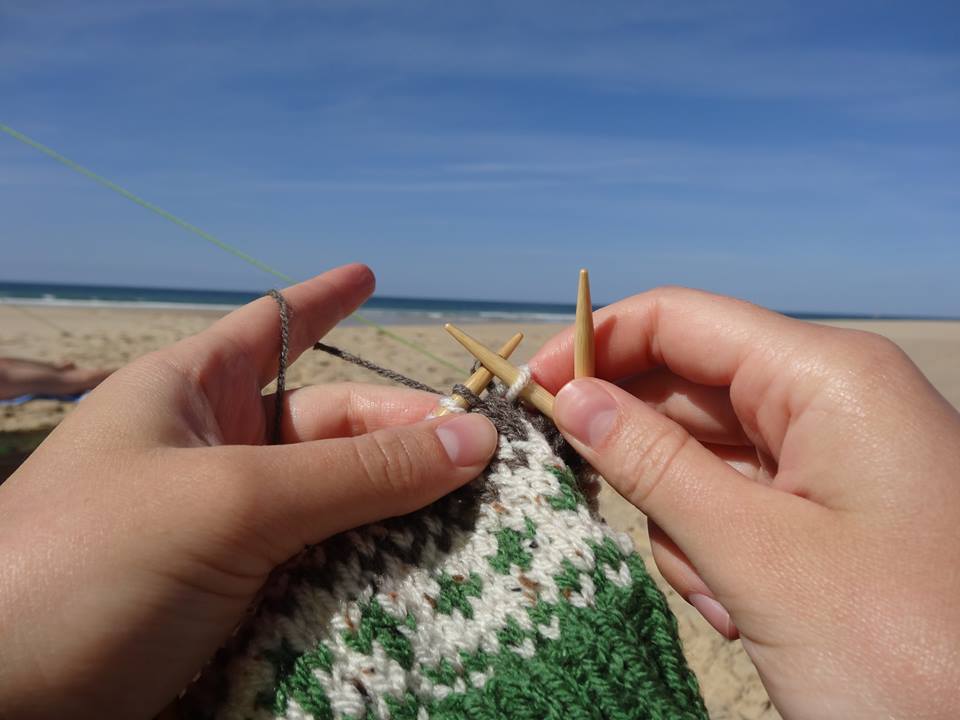
This image is property of lisibloggt.files.wordpress.com.
Comparison Factors
Now that we have explored the techniques in both crafts, let’s compare knitting and crocheting based on several factors.
Complexity and Difficulty
When comparing complexity and difficulty, knitting and crocheting both have their own learning curves. Some find knitting easier to pick up due to its structured stitches, while others may find crocheting easier as it requires fewer techniques to create various patterns. The level of complexity and difficulty can also vary depending on the specific project or design.
Speed and Efficiency
In terms of speed and efficiency, crocheting often takes the lead. The single crochet stitch in crocheting covers more ground compared to the knit stitch in knitting. However, this also depends on the individual’s skill level and proficiency in each craft. With practice, both knitting and crocheting can be done quickly and efficiently.
Versatility and Adaptability
When it comes to versatility and adaptability, crocheting often offers more flexibility. The single hook in crocheting allows for easier stitch manipulation and the ability to create more intricate and complex designs. Knitting, on the other hand, may require more stitches and techniques to achieve similar results. However, knitting excels in producing structured and uniform fabrics.
Precision and Control
Knitting provides greater precision and control over stitch placement, resulting in a more polished and refined look. The use of two needles allows for more accurate stitch formation. Crocheting, while offering less precision, allows for more improvisation and freedom in design. It is an excellent choice for creating unique shapes and textures.
Materials and Tools
Both knitting and crocheting require specific materials and tools. Knitting typically uses yarn and two needles, while crocheting uses yarn and a single hook. However, the choice of yarn, needles, and hooks can vary based on personal preference and project requirements. Each craft offers a wide range of materials to explore and experiment with, allowing for endless creative possibilities.
Portability and Accessibility
One advantage of knitting and crocheting is their portability and accessibility. Both crafts are easily portable, making them perfect for crafting on the go. All you need is a project bag with your materials, and you can work on your project anywhere. Additionally, knitting and crocheting are accessible to people of all ages and skill levels. They can be enjoyed as a solitary activity or as a shared hobby with friends and family.
Factors Favoring Knitting
While both knitting and crocheting have their unique advantages, knitting is particularly well-suited for certain projects and clothing items. Accessories like scarves, hats, and gloves benefit from the structured and uniform fabric that knitting creates. Knitted sweaters and blankets also provide warmth and durability, making them ideal for colder climates.
In addition to these practical advantages, knitted fabric has its own unique characteristics. It tends to be denser, stretchier, and holds its shape well. The fabric drapes beautifully and is often associated with a classic and timeless aesthetic. These factors make knitting a popular choice for those seeking a polished and professional look in their projects.
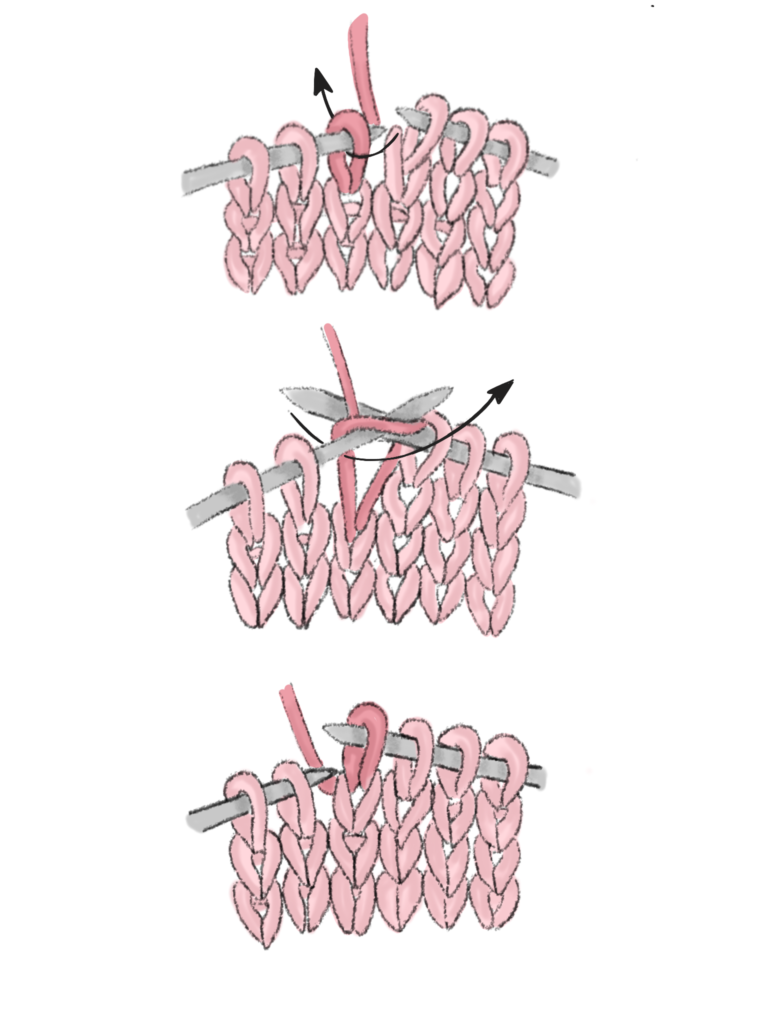
This image is property of meingehaekeltesherz.de.
Factors Favoring Crocheting
On the other hand, crocheting has its own set of advantages that make it a preferred choice for certain projects. Accessories such as hats, shawls, and bags often benefit from the textured and flexible fabric that crocheting produces. Crocheted items have a more playful and whimsical appearance, making them popular for baby blankets, toys, and decorative pieces.
Crocheted fabric is generally thicker and more substantial, providing extra warmth and coziness. The fabric is also renowned for its ability to create intricate lace patterns and detailed motifs. These unique characteristics make crocheting an excellent choice for those looking to add a touch of texture and dimension to their projects.
Personal Preferences and Skills
When it comes to personal preferences and skills, every individual’s journey in knitting and crocheting is unique. Some people may find knitting to be more intuitive, while others may prefer the freedom and creativity that crocheting offers. The choice between the two crafts often depends on personal experience, individual skill levels, and the type of projects and designs one is drawn to.
Factors that may influence personal preferences include the ease of learning, the desired finished product, and the satisfaction gained from the crafting process. Both knitting and crocheting provide ample creative opportunities, allowing crafters to express their unique style and personality through their projects.
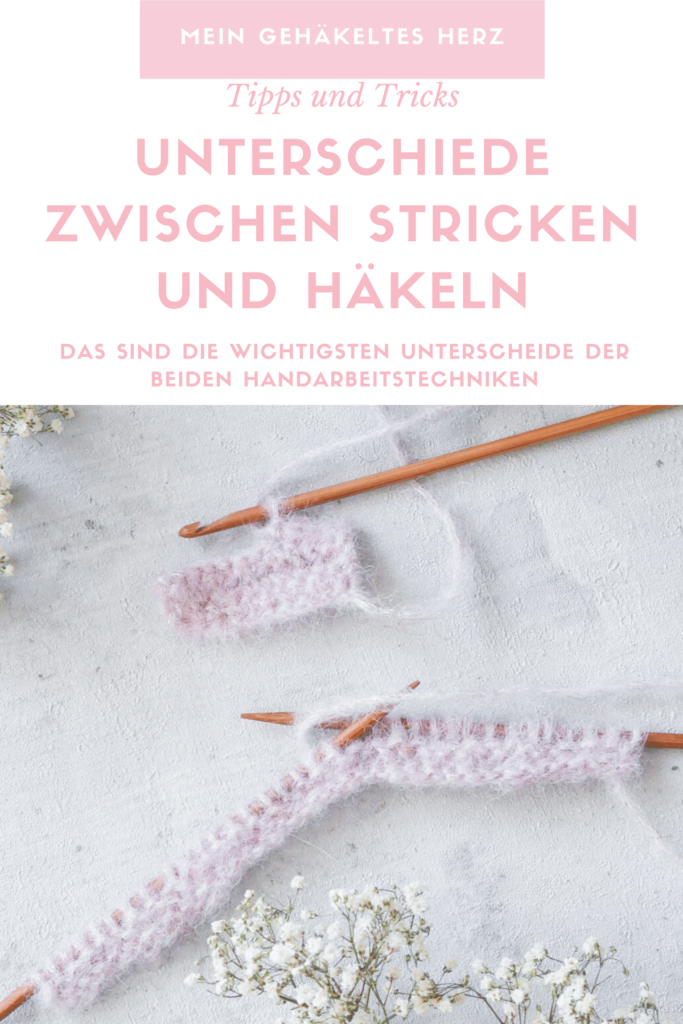
This image is property of meingehaekeltesherz.de.
Conclusion
In conclusion, whether you choose knitting or crocheting, both crafts offer rich and rewarding experiences. They allow you to explore your creativity, challenge your skills, and create beautiful and functional items. While knitting excels in precision and structured fabrics, crocheting offers versatility and flexibility in design. The decision ultimately comes down to personal preference, the type of project, and the desired aesthetic.
So, embrace the warmth of knitting needles or the hook of a crochet project. Dive into this world of yarn and stitches, and discover the joy and fulfillment that comes with creating something with your own hands. Happy knitting or crocheting!
